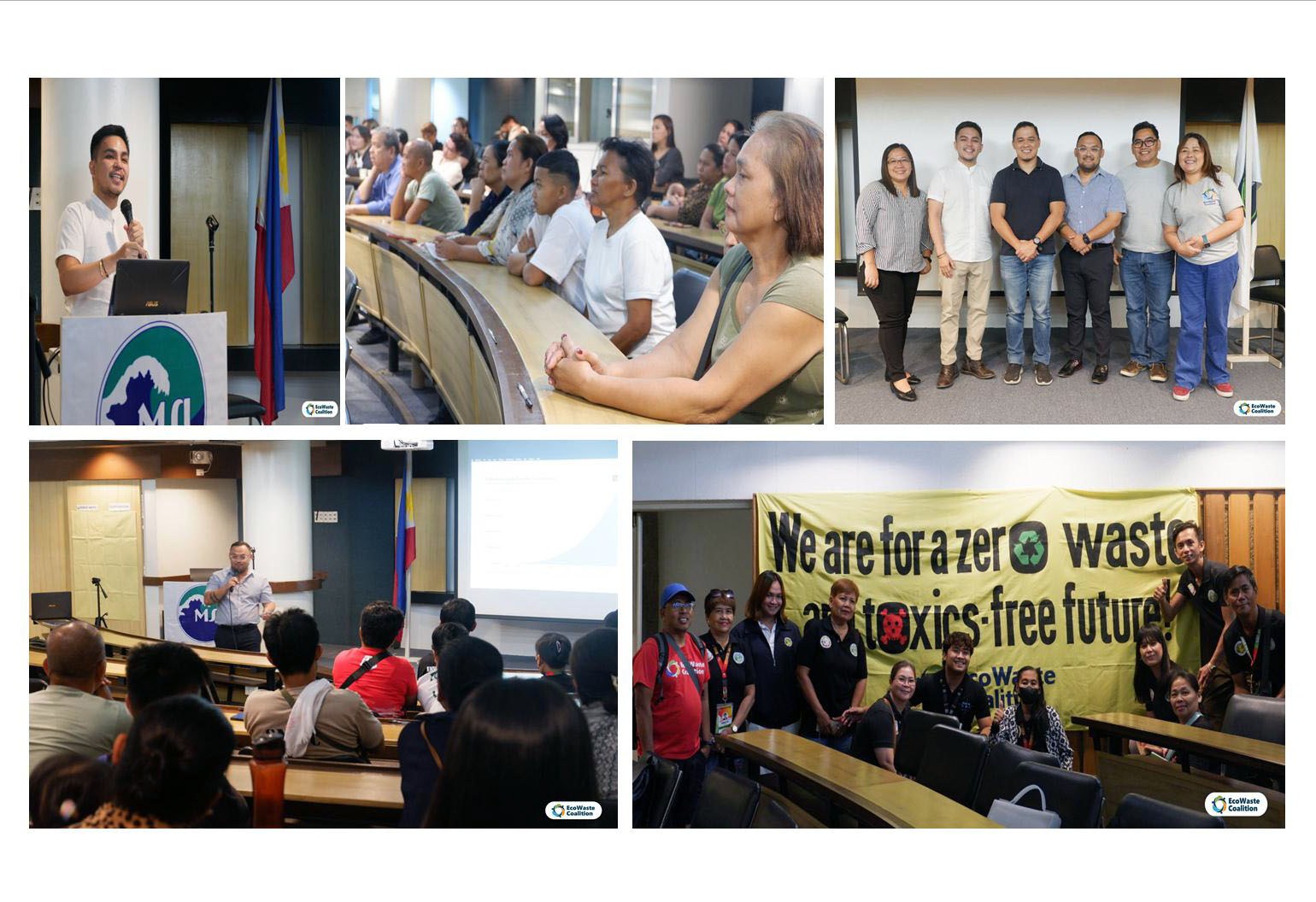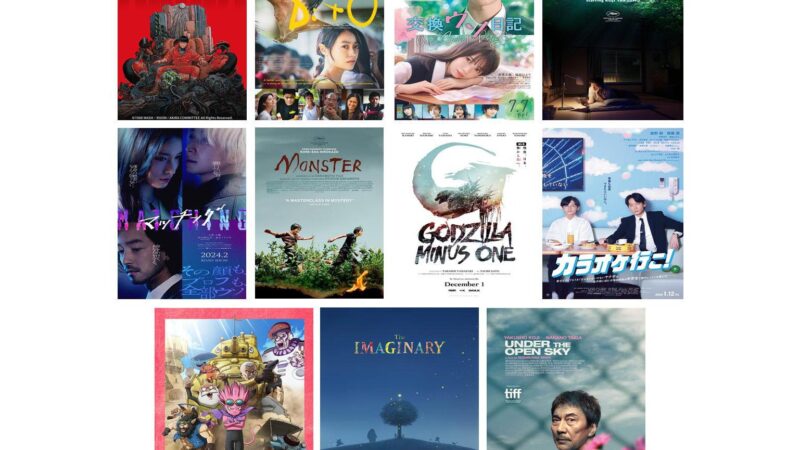Experts Highlight Impacts of Microplastics to Environment, Human Health

Quezon City, (April 18, 2024) — Days before the celebration of Earth Day, environmental and planetary health experts sounded the alarm about the prevalence of microplastics in the ecosystems and their insidious effects on our health.
During the seminar organized by the environmental watchdog group EcoWaste Coalition in partnership with the University of the Philippines Marine Science Institute (UP MSI), Ateneo School of Medicine and Public Health Center for Research and Innovation (ACRI), and the International Pollutants Elimination Network-Southeast and East Asia (IPEN-SEA), the experts took turns in discussing the negative impacts of microplastics in the country’s environment amidst the global plastic pollution crisis.
Microbial oceanographer Dr. Deo Florence Onda of UP MSI provided insights on “Plastics and Microplastics in the Marine Environment,” wherein he noted that the most affected by plastic pollution in the ocean are the living marine organisms.
“Our study shows that of the 240 mussel samples we tested from the 8 market sites in Luzon and Visayas, 100% showed positive for containing microplastics. We also studied the presence of microplastics in oysters and reef fish, and the result was the same. This means that all the mussels, oysters, and fish that we buy and sell across the Philippines are highly likely contaminated with microplastics. This also indicates that the area where they were collected also have microplastics, making them present in the food we eat. Once humans ingest these microplastics-contaminated seafood, these microplastics end up in our body,” Dr. Onda pointed out.
Mr. Rodolfo Romarate II, EnP, MSc followed with a presentation on “Breathing Plastics in Metro Manila.” Based on the study he conducted with a team of researchers, Suspended Atmospheric Microplastics (SAMPs) were detected in the analyzed air in 16 cities and one municipality comprising the metropolis.
“In our study, we monitored the number of microplastics we breathe for those living in Metro Manila. It shows that on average, we inhale 1-2 pieces of SAMPs weekly, 6-8 SAMPs per month, and 67-88 SAMPs per year. Microplastics are now present in the air we breathe and the majority of it is from synthetic polyester found in our clothing,” Mr. Romarate II stated.
In his presentation, environmental health specialist Dr. Apostol of ACRI elaborated further on how humans are exposed to microplastics in many ways: from breathing airborne microplastics to consuming them in a different array of foods and beverages, and even the possibility of microplastics entering our body through dermal contact. Dr. Apostol highlighted how various studies done in laboratories, and in animal and human tissues have demonstrated the toxicity of microplastics to human cells and systems, potentially leading to a wide range of negative health effects.
“Once they enter the human body, microplastics migrate through the bloodstream and reach various body organs, resulting in cellular damage, inflammatory reactions, oxidative stress, energy depletion, or death. The toxic substances that are present in microplastics such as heavy metals, polychlorinated biphenyls, and dichlorodiphenyltrichloroethane or DDT can lead to acute and chronic toxicity, reproductive and behavioral problems, and even cancer ” Dr. Apostol added.
“More research needs to be done for us to fully shed light on the impacts of microplastics on the health of the environment and people,” all experts agree. This research is needed so we can influence policymakers and the public to implement evidence-based policies and prevention programs.
Microplastics are less than five millimeters of plastic coming from a bigger form that disintegrates due to the sun’s radiation, high temperature, ocean waves, mechanical forces, and chemical reactions. These include microbeads, or tiny pieces of manufactured polyethylene plastic that are added to many personal care and cosmetic products such as facial scrubs, body cleansers, toothpastes, and make-up products. Studies show that microplastic particles have been ubiquitously detected in various forms, types, and sizes in various environments and even within organisms[1].
Asked how the communities can lessen their usage of plastic and exposure to microplastics, Dr. Onda, Mr. Romarate II, and Dr. Apostol shared that mindful consumption and mindful fashion are a start. They suggested that Filipinos can opt for alternatives to plastics, especially single-use plastics.
The EcoWaste Coalition continues to intensify its campaign against pervasive plastic pollution and its adverse impacts on the environment and human health. Together with other groups, it is advocating for a strong globally-binding treaty that will tackle the entire life cycle of plastic and stem the tide of toxic plastic pollution threatening humanity and the entire planet. Among other specific demands, the environmental organization is asking governments to ban single-use plastics, ensure a just transition to a circular economy, and adopt essential policies and measures to improve planetary health by reducing the amount of plastic waste in the environment by addressing the upstream drivers of plastic pollution, including eliminating toxic and climate pollutants and putting a global cap on plastic production. (PR)







